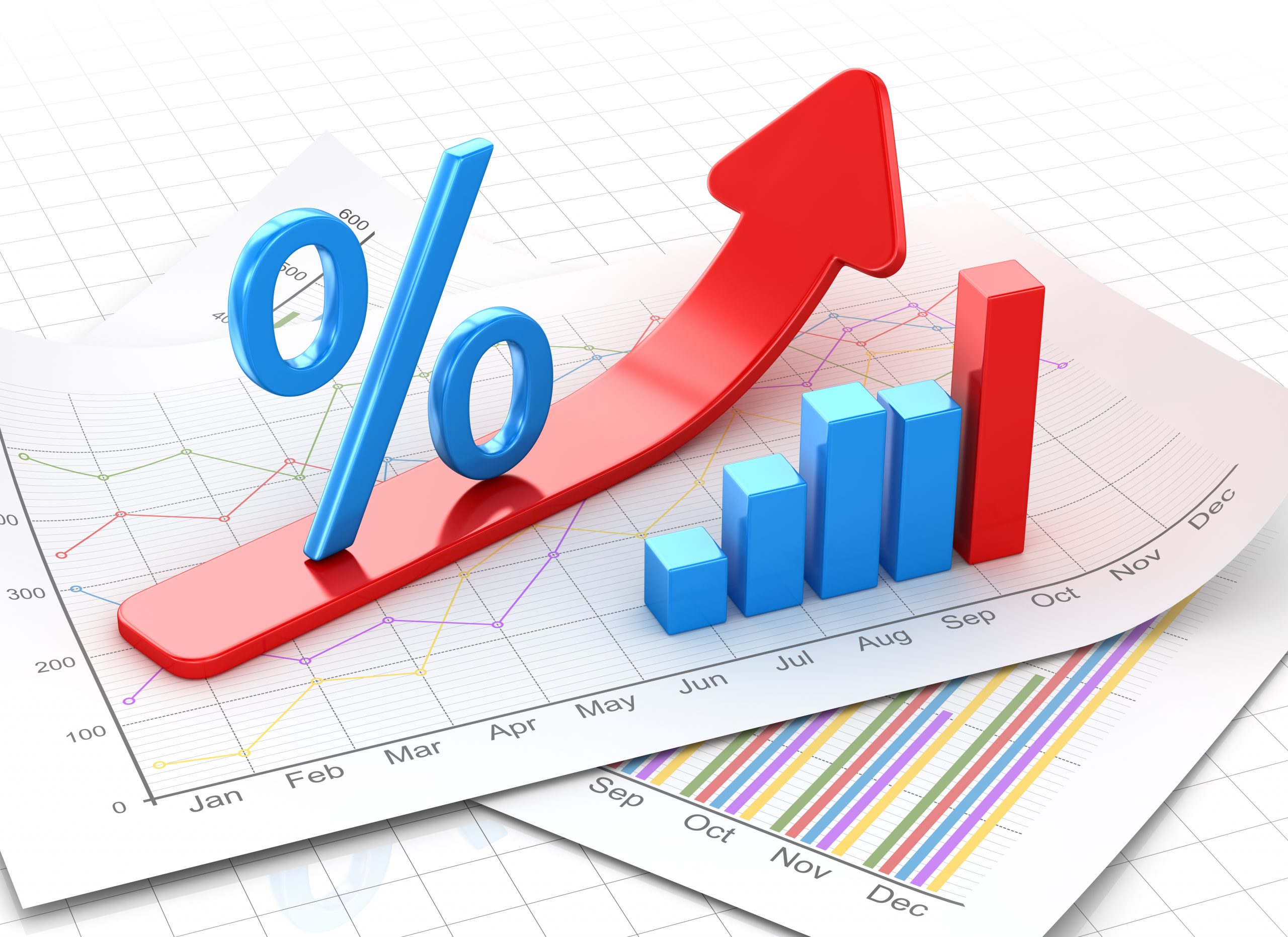What does 2023 have in store for the pound.
Last year began with the warmest New Year’s Day on record in the UK.
But it wasn’t just the weather that was heating up, with UK inflation rising to 5.4% – a 30-year high – less than three weeks later. By October, consumer prices had reached boiling point at 11.1% – their highest level in over four decades.
Amid a cost-of-living crisis – which has been exacerbated by soaring energy prices following Russia’s invasion of Ukraine – the Bank of England (BoE) has unleashed its main weapon to combat inflation: interest rate hikes.
In December, the central bank raised borrowing costs for the ninth consecutive time – a series of hikes that have weighed heavily on the pound – taking the benchmark rate up to 3.5% from 3%, its highest level for 14 years.
You’d be forgiven for assuming that this economic turmoil would be enough for the pound to experience its worst annual performance since 2016 when the Brexit vote shoved it off a cliff – but it was only half the story as storm clouds gathered over Westminster.
Boris Johnson succumbed to pressure to quit as PM in July, triggering a Tory leadership race that was won by Liz Truss. This was the calm before the storm, however, after Truss became the shortest-serving PM in history following the fallout from September’s infamous mini-budget.
The pound hit an all-time low against the dollar after sweeping tax cuts and spending measures threatened to undermine confidence in the UK economy. The snap budget also sounded the death knell for the man who concocted its contents: Chancellor of the Exchequer Kwasi Kwarteng.
Heir apparent Rishi Sunak became the third PM of the year in October. Along with new chancellor Jeremy Hunt – who was appointed during the dying embers of Liz Truss’ tenure – they have returned a semblance of stability to financial markets. But will it last in 2023?
The pound has lurched from one political or economic crisis to the next in recent times, struggling to catch its breath before the next blow is landed. While this worrying trend could be perpetuated in 2023 by the UK economy’s deepening plight, there is hope on the horizon.
Elevated inflation, rising interest rates, high energy prices and global economic weakness are stoking another economic crisis that could suffocate the UK currency over the coming months: a slide into the worst recession of all major economies.

Recession
The UK economy contracted by 0.3% in the third quarter of 2022, signalling what could be the start of a prolonged recession. While the contraction does not yet represent a technical recession – defined as two straight quarters of negative economic growth – the BoE has forecast the nation’s longest economic downturn since records began, potentially lasting deep into 2024.
There was a glimmer of economic hope towards the end of 2022 when official data showed UK GDP grew 0.1% in November, helped by a boost from the World Cup, and 0.5% in October. The figures defied economists’ downbeat expectations and reduced the likelihood that the nation entered a recession in the fourth quarter. If the UK keeps a technical recession at bay, the pound could sidestep another knockout blow.
A glimpse further into the future looks less promising, however. The Office of Budget Responsibility (OBR) echoes the BoE’s gloomy outlook, forecasting the economy will shrink by 1.4% in 2023 and recession will cause an overall drop of 2% in GDP.
If the economy does slide into recession, its sharpness could be blunted by rapidly falling energy prices – notably wholesale gas prices which have dropped more than 50% on last summer’s peak – strengthening the UK’s finances and paring the amount of money investors lend the country.
This could swell the government’s coffers to the tune of around £10bn, making it easier to support the economy when the budget is announced in March through tax cuts or spending rises. The risk of the pound plummeting to another record low against the dollar is slim this time round, with MPs using Liz Truss’s reckless tax and spending policies as a cautionary tale.

Inflation
Tackling inflation is proving a tough challenge for the BoE as price pressures broaden and become increasingly entrenched. As 2022 drew to a close, the BoE’s chief economist warned high inflation could persist for longer than expected.
According to Huw Pill, the economic slowdown and sharp fall in European gas prices could help to take the edge off double-digit inflation. The central bank forecasts headline inflation – which cooled slightly to 10.7% in November – will ease from the middle of this year.
However, he said that although natural gas prices had dropped, they remain well above historical levels, raising the risk of persistently higher inflation as businesses and consumers attempt to offset these costs by demanding higher wages and prices.
Rishi Sunak pledged to slash inflation in 2023 in his first major speech of the year. However, it was already forecast to drop to less than 4% by the end of this year by the OBR.

Interest rates
The first crucial step towards a summit of UK interest rates was reached when inflation peaked at 11.1% in October – well above the BoE’s 2% target – before easing slightly the following month. This spurred market speculation that UK rate cuts could commence this year after borrowing costs max out at around 4.25% – a much lower high than expected just a few months ago. This would mark the end of the BoE’s aggressive rate hike cycle to tame multi-decade-high inflation.
Before then, investors anticipate the central bank will hike rates again from 3.5% to 4% at the next meeting of its monetary policymakers in February. A subsequent tap on the monetary policy breaks will then see rates rise to their 4.25% Everest before the decent begins – and the pressure eases on the pound. To put this into perspective, in January 2022 the base rate was just 0.25%.
With the BoE’s inflation forecast still ringing in their ears, investors in the pound will be aware that interest rates are likely to remain elevated for a while yet.

Talk with a currency specialist
The story of 2022 – war in Europe, political turmoil, a stagnant economy, soaring energy bills, the highest inflation rate in over 40 years, inflated interest rates, and a looming recession – will ripple into 2023, fuelling ongoing volatility for the pound. Amid this uncertainty, your business must be proactive in its approach to managing the impact of currency risk on your international payments. To achieve this, take the time to discuss how the pound’s performance could affect your business with your account manager – and the tools available to mitigate fluctuating exchange rates.
If you’d like to speak to any of our specialists, then you can reach out using any of the below options.






